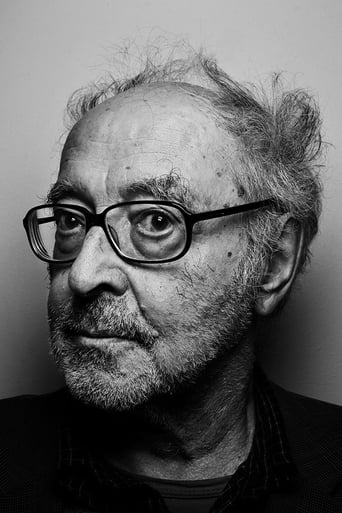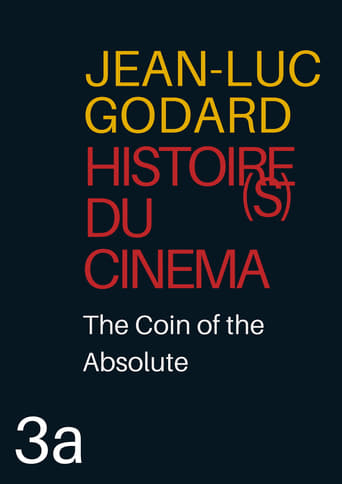
Part 5 of Godard's 8 part examination of the history of the concept of cinema and how it relates to the 20th century.
Similar titles
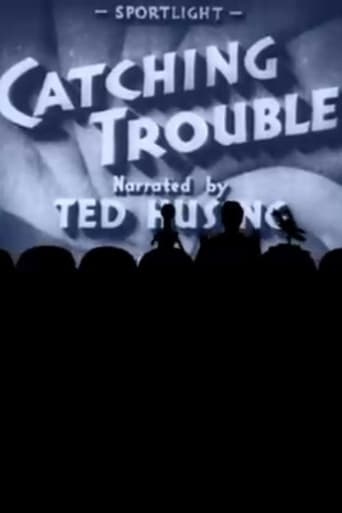

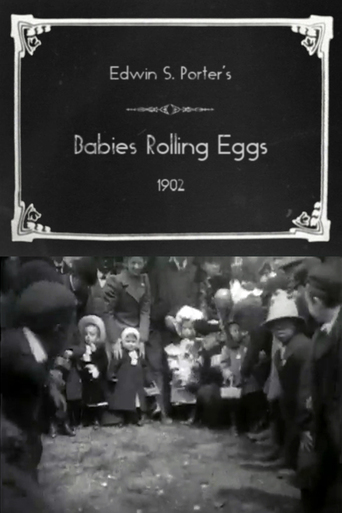
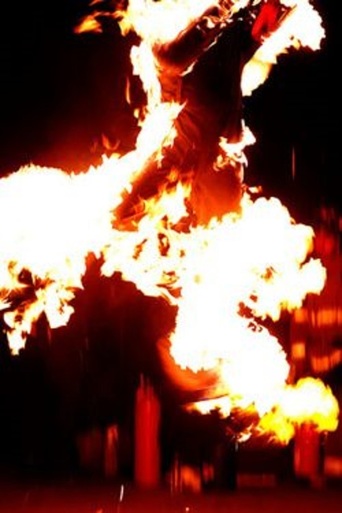

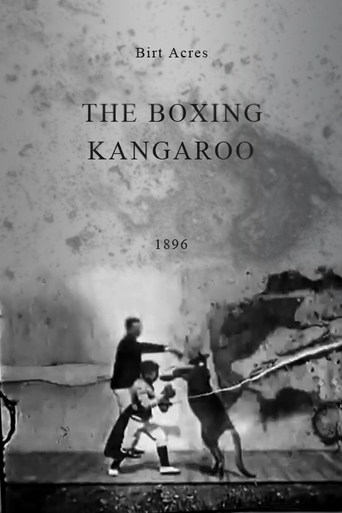
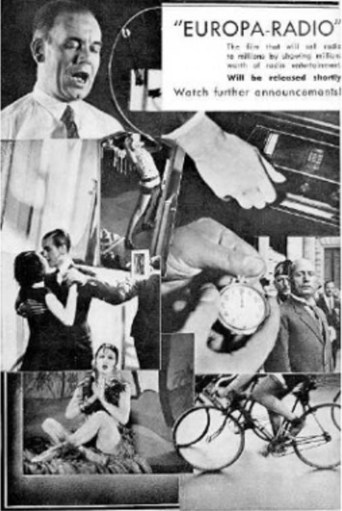
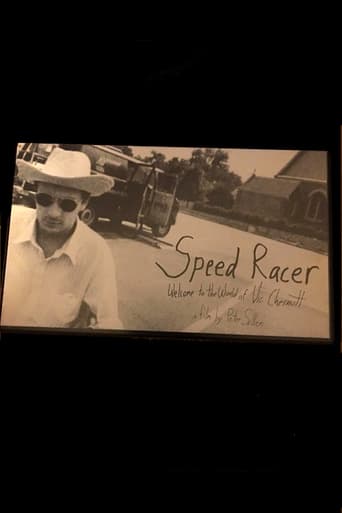
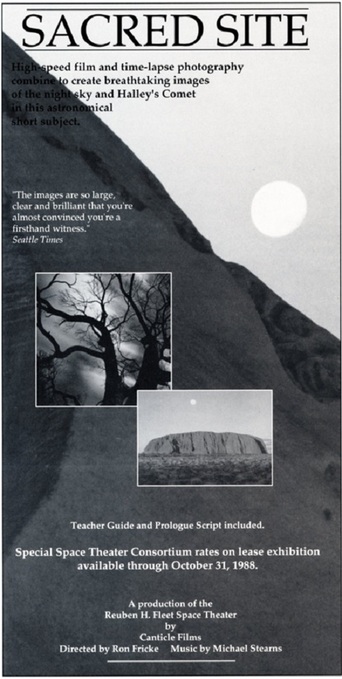
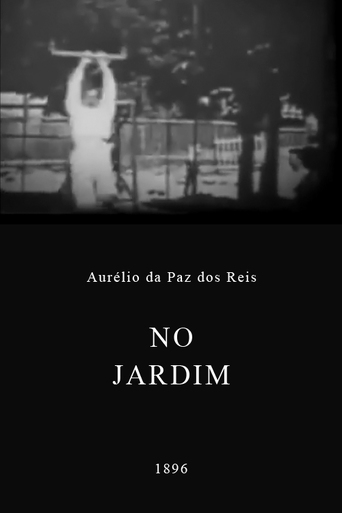
Reviews
Too much of everything
Just perfect...
Highly Overrated But Still Good
Good movie but grossly overrated
The Coin of the Absolute, the fifth part and the beginning part of chapter three to Jean-Luc Godard's Histoire(s) du Cinéma opens with a rather intense and unsurprisingly incoherent monologue about the government and the oppression it brings, with Godard talking about how governments/establishments, like citizens, need to be punished when they commit crimes. This would be great in a political documentary, or one furthering or expressing an agenda - not for a miniseries that claims to analyze and explore the histories of film when it frankly doesn't do much of anything related to film analysis in the long-run."What is cinema?," Godard asks in the form of his trademark title cards. "Nothing," he replies. "What does it want?," he asks again. "Everything." "What can it do?" "Something." These are the thought-provoking title cards that exist in The Coin of the Absolute, which, in turn, make twenty-six minutes seem woefully longer than they really are. Godard's one shining moment in this part is he does get into discussing the job of a cinematographer and what they do, but by the time that rolls around, it's too little too late, especially with the way Godard talks about the job.The part ends with Godard discussing "destiny" and "time" and how time actively condemns destiny. What does this have to do with cinema? Nothing. How has this entire experience been? Exhausting.Directed by: Jean-Luc Godard.
In the final Histoires entry, Godard says "I understand better, why earlier I had such a hard time beginning, what voice had invited me to speak lodged itself in my discourse." This may refer to any number of beginnings, one of them I like to think is the false start of the Histoires films back in 1988.Godard would like to enclose all of life in cinema, long shots and short shots, pans of nature and poses on deathbeds, but in those first two Histoires films I got the sense that it was slipping from his fingers. The greatest question then of a beginning of cinema is this, where and why do we start a shot, where and why do we end it? Where do we begin to see and where do we stop, and what kind of life have we seen inbetween? As it pertains to this chronicle of cinema, where do we begin to tell the story? Godard finds premises in different things, the French New Wave included, but it's more important for me to see where these stories end, where the narrative thread is finally abandoned. It's always inwards, with introspection. This speaks as I see it of a desire for self-awareness, which he marvellously exhibits in films like Nouvelle Vague, but also an attempt of an intimate view of consciousness and soul, where all the formations of cinema are born.When this really begins to matter for me, is when Godard abandons the intellectual analysis, and instead approaches cinema with a poet's sense of awe and wonder. How the person who looks from behind a camera looks upwards to imagine starstudded worlds beyond the ephemeral, and how that glance at the divine brings about a downfall of ideas. He laments that downfall from the idea to the base desire with pornographic shots of early stag films, other kinds of violence.In the fourth Histoires, he solves for us the provocative claim that "cinema is not art, it's barely a technique". Cinema is a mystery, a mystagogy we participate in. The greatest despair of the artist then, the desperate attempt to build the imperishable and eternal from what perishes (sound, image), is at once a great dream and a great folly. Whereas once he was anxious to use cinema as a lever that participated in the discourse for a better society, now he contends himself with a flight into beauty. We take that for what we will.Mysteries for me must exist unresolved, remain enigmatic otherwise they dissolve, so to what extent shall we pursue the mystery of cinema and can we hope for a measure of liberation? Godard asks, how many films about babies, flowers, and how many about gunfire. If glory is the mourning of happiness, then the glamour of the show biz is a veil that masks something sinister. It's a mask, in the way that it obscures the true face of things. For 50 Cecil B. DeMille's, how many Dreyers? Another contradiction for Godard, but what's it worth? Perhaps the admission that cinema can obscure, with song and dance and violence, both what is good and what is bad. At this point I find myself questioning the mystery, if it can ever be means to something, or if we arrive at the core by peeling layers we find nothing.One thing is for sure, the Histoires as a whole, clocking in at 4 hours, emerges not as just a history of cinema, it is hardly that, or a story of that history, of which it is but adequate, but as a story of Godard. That is, for what Godard regales us with, he rummages through cinema to find images that correspond. Now it's James Stewart jumping in water to save Kim Novak, now it's John Wayne on horseback.It's not surprising then that these images exist, by which Godard projects his thoughts into cinema, because it's the primary reason these images exist in the first place, as a projection of thoughts, but that the notion of a story born of the abstract cinematic essentials, sound, image, motion, which can communicate the innermosts is possible.This must be the triumph of cinema then. Not that it can mirror the macrocosm, address the grand ideas and elevate us to the divine (which is a chimera), but the profound ability to speak about the small things we consider true inside of us, individually, collectively. A shot of an anguished woman, stripped off context, retains its emotional power, which is to say that the context of narrative is firstly illusionary, foremostly that something exists embedded in the image which we cannot wrestle away by any means.An image to haunt, the flickering face of Marilyn Monroe superimposed over shots of The Birds, black crows flowing out of her forehead, or inside of it. A state of mind emerges from the image, which is true both as an expression of the outside and as an impression of what's inside. The link of this, between thought and action, is karma. Godard here teaches what's possible of cinema, perhaps like no one else did before.Godard saves the greatest realization for the end, a partial answer to the questions which haunted his mind an entire career. Only when life is lived in full, with all the forces available to our body, only then can life stop questioning itself and accept itself as the true answer. Mind is the great antagonist then, a chimera.Thirtyeight years after Breathless, now I can be friends with Godard. This is a masterwork of cinema in my estimation, but I believe will be better appreciated as a work that flows from a career or life in progress, if we have a picture of who Godard was, who he came to be.
Top Streaming Movies













